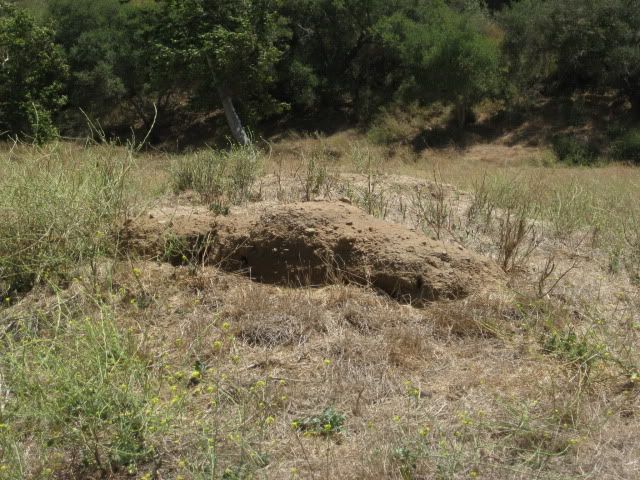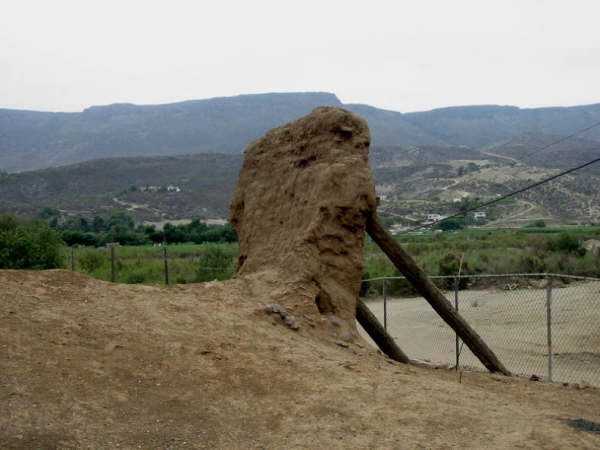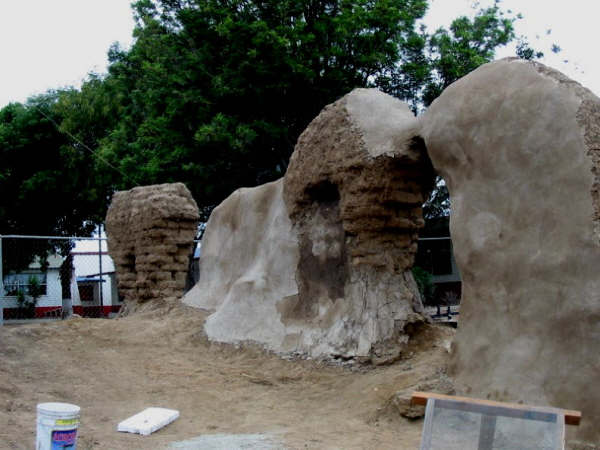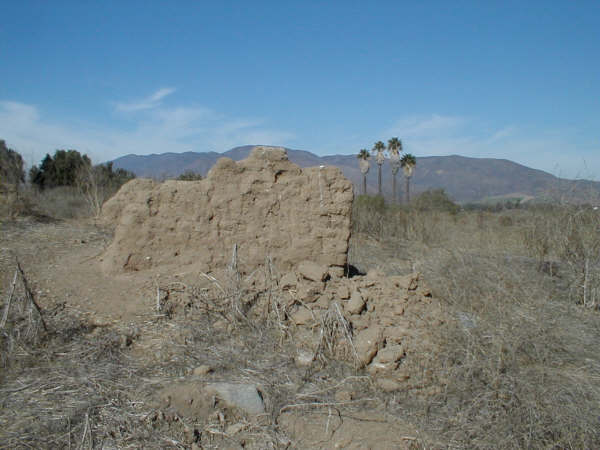Originally posted by Jack Swords
Just got back from BCS...lots of off road exploring. New Ocio hacienda, Gonzaga is the same, but with street lights. La Presa rancho is fenced off
and developed into hotel (nobody there, duh!), La Pasion is completely destroyed and covered with a goat ranch (didn't have far to go, sadly it was
never protected) Roads confusing as usual so getting a GPS "puck" receiver to integrate with our netbook using Google Earth and maps. Ranchers and
folks living in the outback are the greatest. |





























